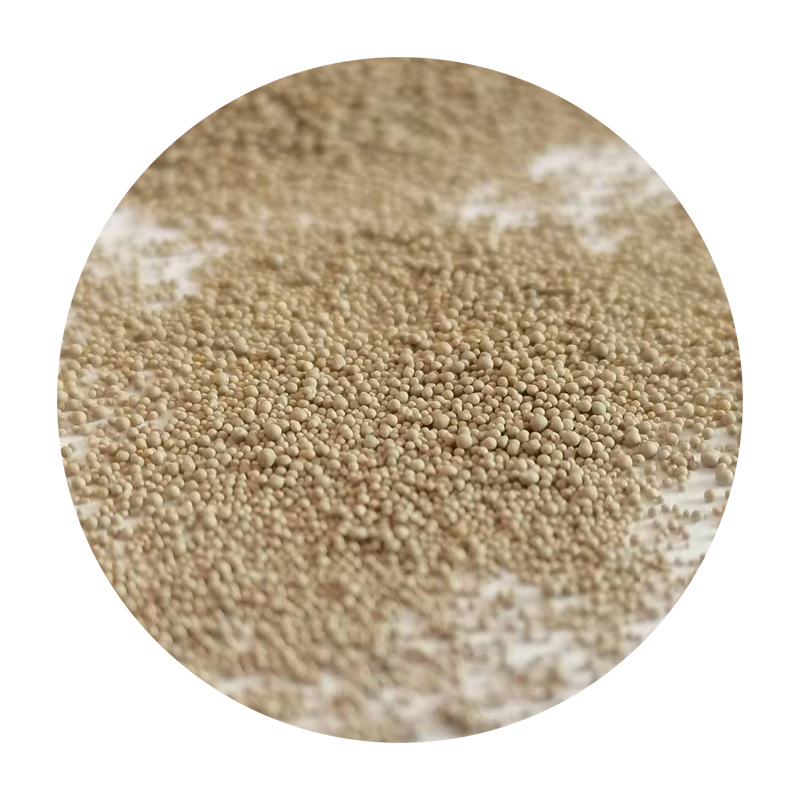Exploring the Future of 3D Printing with Sand
3D printing technology has been revolutionizing various industries, enabling the creation of complex structures and prototypes with unprecedented efficiency and precision. One of the most exciting developments in this field is the use of sand as a primary material for 3D printing. This innovative approach not only opens up new possibilities for construction and manufacturing but also addresses environmental concerns associated with traditional building materials.
Exploring the Future of 3D Printing with Sand
One of the most significant advantages of using sand for 3D printing is its sustainability. Traditional construction materials like concrete and steel have a substantial carbon footprint, contributing to global warming and environmental degradation. In contrast, sand is abundant and can often be sourced locally, reducing transportation-related emissions. Moreover, the 3D printing process significantly minimizes waste compared to conventional methods, where excess materials are often discarded. By using only the amount of sand needed for the project, we can promote a more sustainable construction method.
3d printer sand

Another exciting prospect of 3D printing with sand is the potential for creating large-scale structures. Companies like ICON and Apis Cor have made headlines by demonstrating how 3D printing can construct entire homes quickly and affordably. Imagine a future where entire neighborhoods could be built using sand-based 3D printing, significantly reducing the time and cost involved in traditional construction. This technology could be particularly advantageous in disaster-stricken areas where quick rebuilding is essential. With 3D printers that can utilize local sand resources, communities could rapidly recover from natural disasters, providing shelter and rebuilding lives.
The versatility of 3D printed sand extends beyond mere construction. Artists and designers are beginning to experiment with this medium, creating intricate sculptures and installations that capture the imagination. The ability to manipulate sand on a microscopic level allows for a degree of detail that is difficult to achieve with traditional sculpting methods. This fusion of art and technology could lead to new forms of expression and innovation in the creative world.
Moreover, the use of 3D printed sand is not limited to structures and sculptures. It can also play a pivotal role in the field of engineering and manufacturing. Sand molds produced through 3D printing can be used in metal casting, allowing for the creation of complex parts with reduced lead times. This could revolutionize industries like aerospace and automotive, where precision and efficiency are paramount.
In conclusion, 3D printing with sand is a game-changing advancement that promises to reshape our approach to construction, art, and manufacturing. Its sustainable nature, coupled with the ability to create intricate designs and large-scale structures, positions sand as a material of the future. As technology continues to evolve, it will undoubtedly unlock even more potential applications, paving the way for a new era of innovation. Embracing this technology could lead us to a more sustainable, efficient, and creative world, one layer of sand at a time.
Post time:ਸਤੰ. . 02, 2024 17:08
Next:ceramic sanding discs
